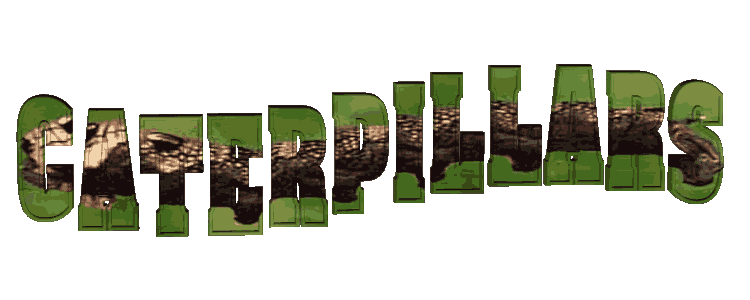|
QUODITCH EDUCATION DEVON |
|
MOTHS AT QUODITCH Page Four
|
|
Here are some of the other caterpillars that we have found
|
|
This is an Oak Eggar Moth caterpillar - Lasiocampa quercus (Fam - Lasiocampidae) They feed on heather, brambles, sallows, broom, blackthorn hawthorn, ivy and bilberry amongst other plants. This explains why we have them in field four at Quoditch, for their favourite foods are in plentiful supply. |
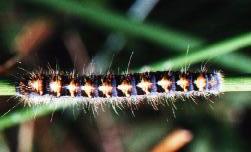 |
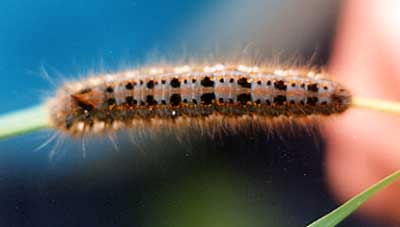 |
Here is a Drinker Moth ( Euthrix potatoria). They are quite common on our land. This one was found in May 1999. Our thanks to Jeroen Voogd for helping us to identify this one. |
| We think this one to be a Drinker Moth as well. we found it near some Blackthorn in Field One in June 2004 |
|
Here
is the caterpillar of the Cinnabar Moth (Tyria jacobaeae).
It's recognizable by it's Cornish Rugby Team Jersey and can usually
be found on Ragwort. It used to be very common in my garden in Gloucester
where it lived on groundsel.
|
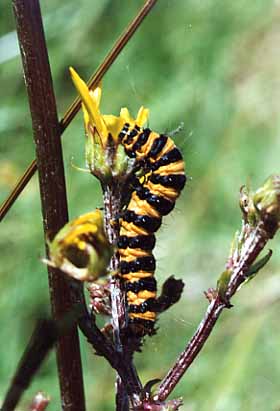 |
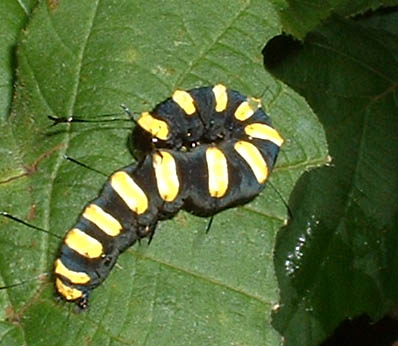 |
At first we thought this one, found on a hazel, was a Cinnebar as well but Porter (1997) tells us that it's the larvae of the Alder Moth (Acronicta alni) Unusually it was only about five foot from the ground. Normally they are in the tops of trees. This specimen was found by Chris Bollard on his visit in August 2003 |
| We're not sure about this one. We thought it was the caterpillar of the Goat Moth - Cossus cossus (Fam - Cossidae) but have been unable to positively identify it. We found it in field one and have since seen the Goat moth itself. This lives on birch, willow, ash, oak and other deciduous trees. |
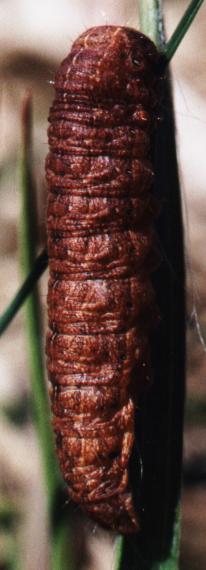 |
|
Again we are not so sure about this one. We thought it to be Garden Tiger moth - Arctia caja (fam - Arctiidae) (see previous page) but it has now been suggested that it might be a Water Ermine (Spilosoma urticae). This was found on a Dock leaf in May 1998 The garden Tiger is often found on brambles but also likes dandelions, dock and plantain). We have seen quite a few of these at Quoditch, but apparently they are not so common in Devon these days. |
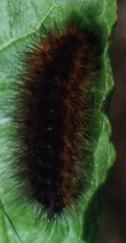 |
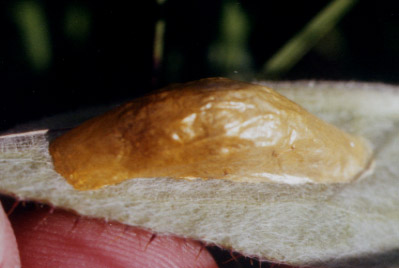 |
We have also found these at various places . Peter Eeles has identified this as the Chrysalis of the Burnet Moth. |
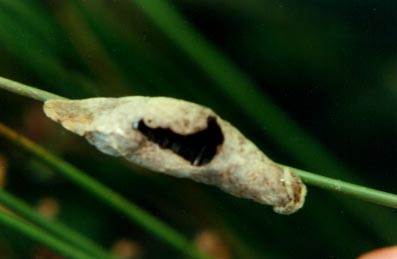 |
Here's one that has escaped! |

